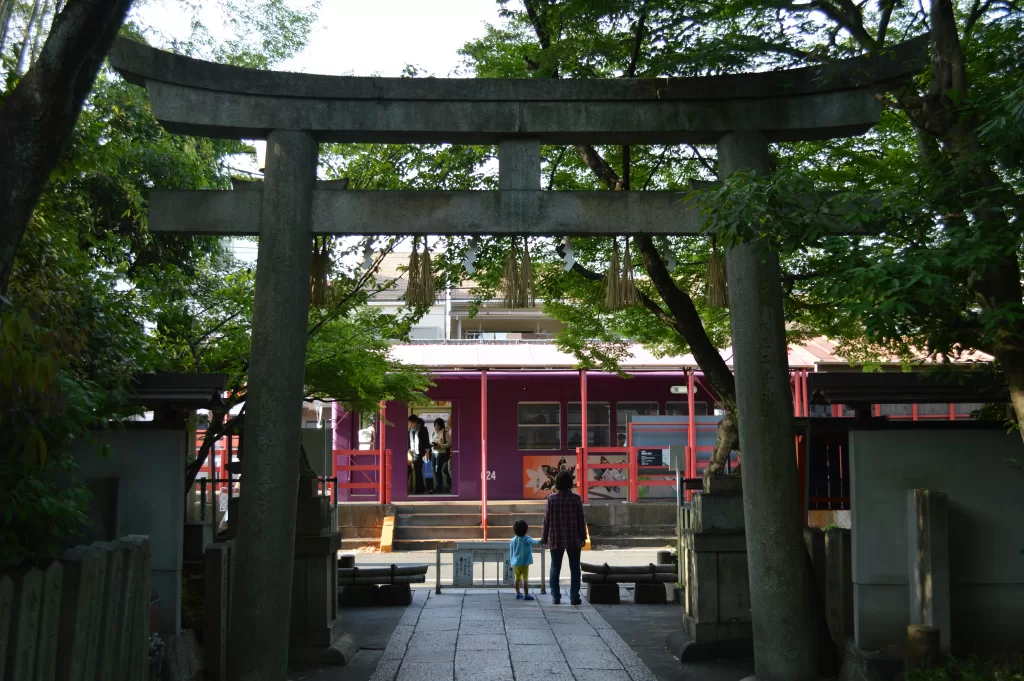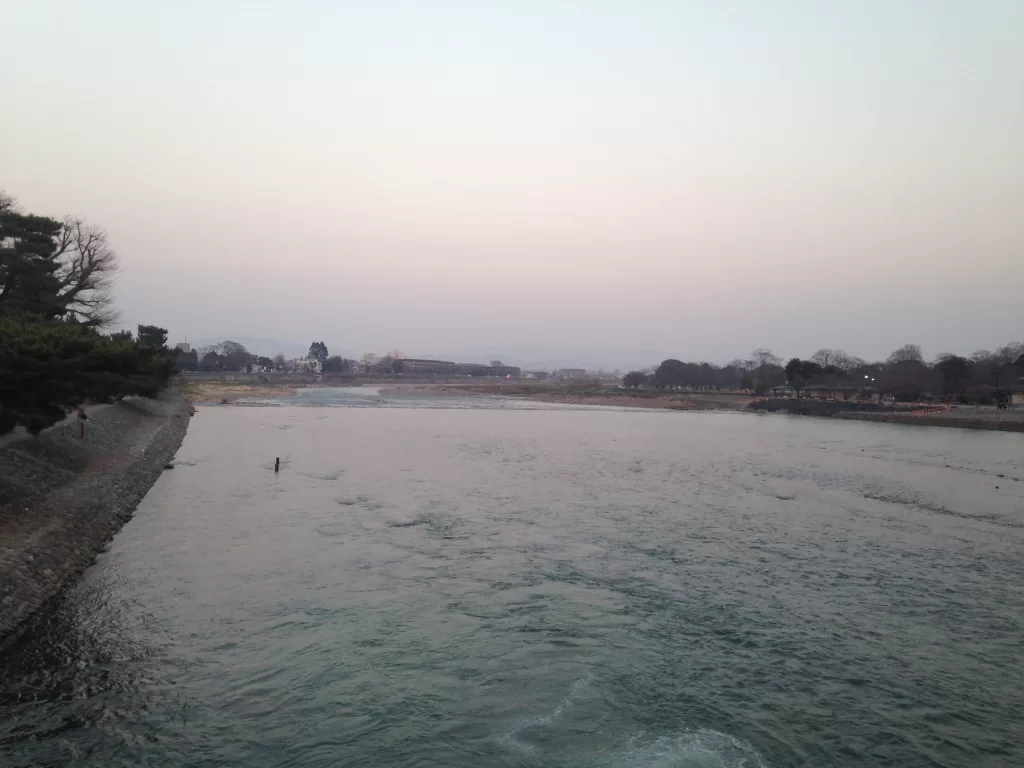Mifune Festival: A Boat Ride through Time
Every third Sunday of May each year, thousands of tourists are drawn to the Katsura River in Arashiyama for a unique cultural spectacle. They are here for the Mifune Festival, aptly named the “three boat festival” that narrates a story of history and tradition.

The Background
Named after Emperor Showa’s enthronement in 1928, the Mifune Festival transforms a section of Kyoto’s Arashiyama district into an astonishing display of imperial grandeur. Organised by Kurumazaki-jinja Shrine, founded in 1922 and known for venerating gods related to artistic abilities, this festival is more than just archaic pageantry. It is seen as an extension of the Kurumazaki Shrine grand festival honoring performing arts. It’s definitelt one of the most popular Kyoto events in May.
Understanding the Ceremony
The festival starts mid-day with a ritual at the shrine including on-board music performances, traditional dances, and recitation of Japanese (waka) and Chinese (kanshi) poetry. The visitors get to enjoy poetry recitations presented in an ancient style; capture women adorned in elaborate 12-layer kimonos — all on three celebrated boats.
The first boat is the ‘Gozabune’, designated for noblemen transport. The second is marked with a dragon head figurehead while the third is recognized as ‘Gekishufune – waterfowl neck boat’. Each boat carries musicians, performers, poets and even heads of the shrine among other attendees.

Progression of Events
Post noon rituals at Kurumazaki Shrine culminate into a procession involving persons donning period costumes. This procession, led by high priests from the shrine, makes its way over Togetsukyo Bridge towards Oigawa River near Togetsu-Kyo Bridge—a prime location for Mifune Matsuri Festival.
The river then becomes alive with floating folding fans (sensu) in myriad colors launched by women dressed in 12-layered kimonos. Dancing and music fill every corner as spectators try to secure one of these sensu fans.
During its journey down Oigawa River in Kyoto, spectators can marvel at up to twenty lavishly decorated boats with occupants garbed in historical robes that reflect Kyoto’s rich heritage.
Focus on Artistic Performance
A woman selected through auditions gets to portray Sei Shonagon—the notable author of ‘The Pillow Book’. The lively music played onboard serves as accompaniment to dancers treading gracefully on another boat—something unique since one wouldn’t expect such performances on water.
An inherent highlight of the festival is watching talented performers from Ichihime Gagaku Association create motifs using traditional court music known as gagaku—a genre that most foreigners may find novel but fascinating nonetheless.
Popularity and Reach
Thanks to its grandeur and engaging events that recreate Heian period’s boating practices, Mifune Festival attracts around 100,000 tourists annually. Famous star performers from across Japanese capitals make their visits to Kurumazaki Shrine praying for better stage performances or continued popularity which also adds charm to this spectacle!
For tourists wishing to attend this magnificent event on water thoughtfully arranged by Kurumazaki Jinja shrine, the location can be accessed easily from Kurumazaki Shrine station on Keifuku Dentetsu line or a brief walk from Saga-Arashiyama Station via San-in Main Line originating at Kyoto Station.
If you’re looking for an enchanting festival experience in Kyoto, don’t miss out on Aoi Matsuri. Held annually on May 15, Aoi Matsuri is one of Kyoto’s most renowned festivals, alongside the Gion Matsuri and Jidai Matsuri.